Coachwhip Snake
Coachwhip snakes are large non-venomous colubrid snakes found widely in the United States and in Mexico’s northern half. It is one of the largest snake species found in North America. They are known to be extremely swift. There are seven subspecies of coachwhip snake.
| Kingdom | Animalia |
| Phylum | Chordata |
| Subphylum | Vertebrata |
| Class | Reptilia |
| Order | Squamata |
| Suborder | Serpentes |
| Family | Colubridae |
| Subfamily | Colubrinae |
| Genus | Masticophis |
| Scientific Name | Masticophis flagellum |
| Other Names | Whip Snake |
| Length | 127 to 235 cm ; largest specimen : 259 cm |
| Weight | Around 1.2 to 1.8 kg |
| Color | Vary widely in color from light brown with dark brown spots to pink |
| Distribution | Southern United States, Mexico’s northern half |
| Habitat | Sandy soil areas, open pine forests, sandhill scrub, old fields prairies, coastal dunes |
| Diet | Small rodents, amphibians, birds and birds eggs, lizards, insects, spiders, other snakes including venomous ones |
| Hibernation Fact | Hibernates during winter months |
| Predators | Hawks, Roadrunners |
| Venom Fact | Non-venomous |
| Breeding Season | Early to middle of spring |
| Mode of Reproduction | Oviparous(egg laying) |
| Clutch Size | 12 to 18 eggs |
| Incubation Period | 6 to 12 weeks |
| Average Lifespan | In wild:15 or more years In captivity: 20.2 years (average) |
| IUCN Conservation Status | Least Concern |
Coachwhip Snake Pictures Gallery
- Baby Coachwhip Snake
- Black Coachwhip Snake
- Coachwhip Snake Attack
- Coachwhip Snake Images
- Coachwhip Snake Photos
- Coachwhip Snake Pictures
- Coachwhip Snake
- Coachwhip Snakes
- Masticophis Flagellum
- Red Coachwhip Snake
- Coachwhip Snake Standing Up
- Coachwhip Snake Texas
- Eastern Coachwhip Snake
- Western Coachwhip Snake
- Coachwhip Snake Pics
- Coachwhip Snake Size


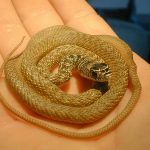
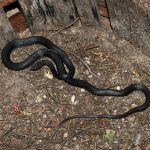
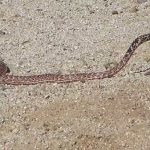
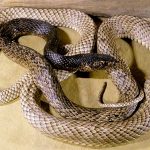
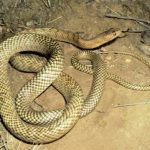
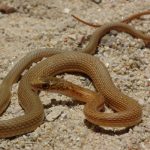
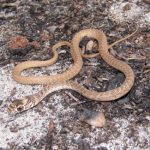
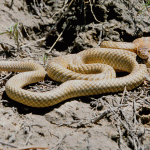
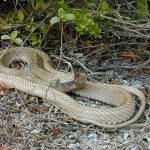
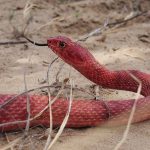
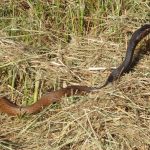
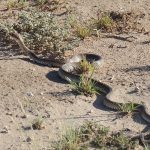
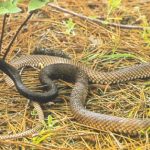
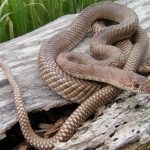
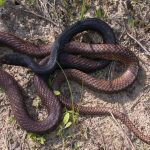
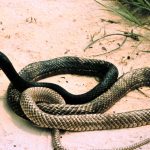
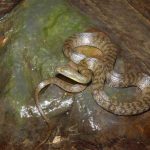
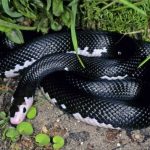
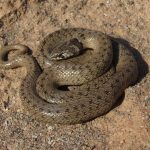
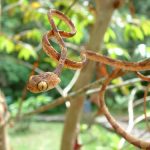
I spotted what appeared to be one of these Pink Coachwhip snakes in our front yard. I was about 4 – 5 feet in length with alternate irregular light pink and grayish bands its full length. When I approached, it slithered off toward a large geranium cluster and hid from site. I could still see part of its back and its head trough the foliage.